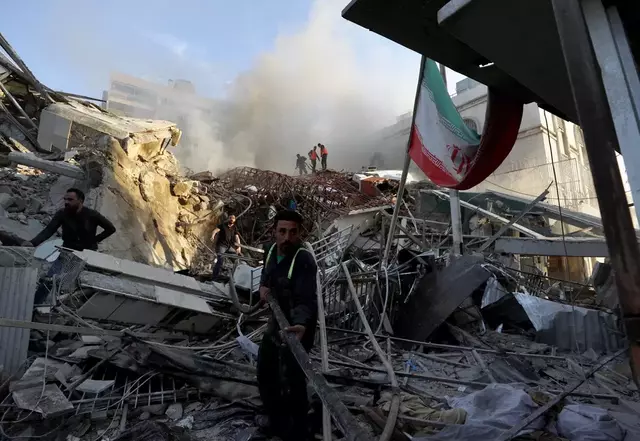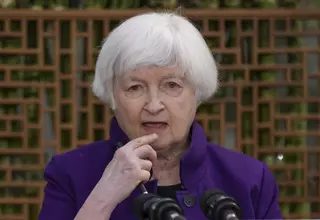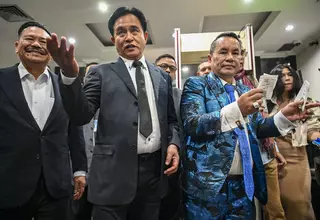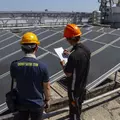Why Nature is More than a Carbon Sink
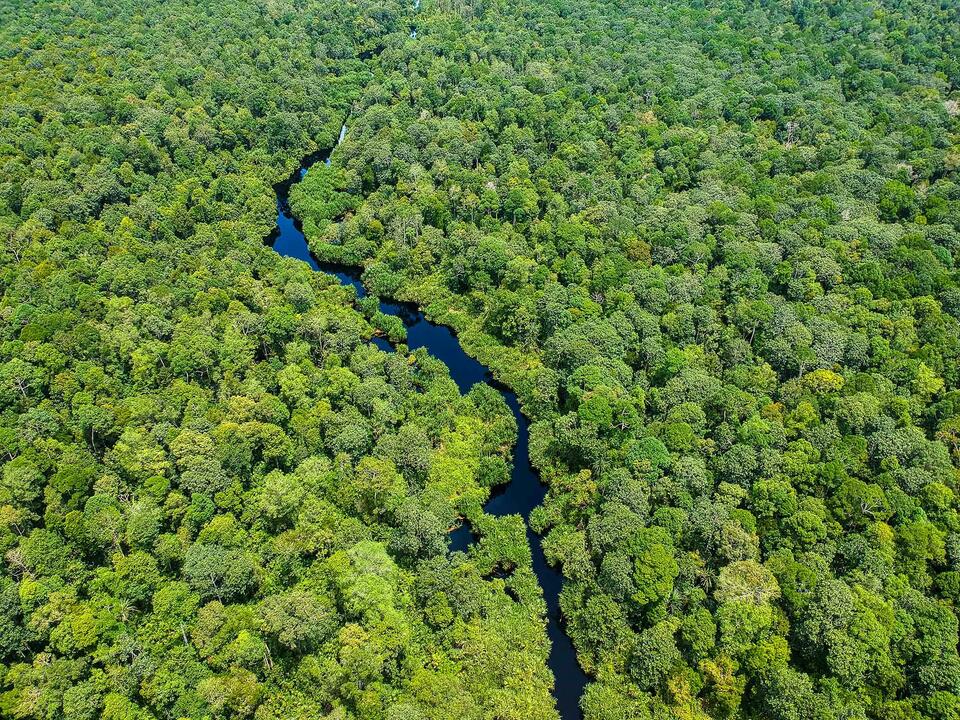
Jakarta. According to Anderson Tanoto, managing director, RGE, carbon credits are a commodity to be valued and traded. They are also a bellwether of rates of investment in climate and nature.
In an article recently published by the World Economic Forum, Mr. Tanoto said: ‘Debates on carbon credits at the COP26 meeting in Glasgow were ultimately inconclusive, but they highlighted how difficult it is to apply a global standard to complex regulatory and physical landscapes across diverse geographies’.
"Too often, discussions about carbon credits miss this broader point. Whether they are the product of avoidance, reduction or removal, carbon credits should not be viewed in isolation: the forests, biodiversity and communities nature-based climate solutions support are an essential part of the equation too," he said.
When forests retain more carbon than they emit, they become a carbon sink. Carbon sinks serve as a store of carbon that can be measured and valued, and then potentially offset against emissions generated by activities elsewhere.
But that’s just half the story. In landscapes like Indonesia’s tropical swamp forests, where the protection of natural forests is vital to biodiversity and wildlife, sustaining the communities who rely on forests for ecosystem services and livelihoods is also an imperative.
'While the relationship between the two is complex in science, carbon, biodiversity and community are indivisible on the forest floor,' said Mr. Tanoto.
Landscapes that deliver multiple benefits
APRIL Group’s peat swamp forest restoration project, Restorasi Ekosistem Riau (RER), is an example. The project has been registered with Verra and is potentially one of the world’s largest carbon projects, generating millions of tonnes of carbon credits per year. But at more than 150,000 hectares - an area the size of greater London - situated on the Kampar Peninsula and neighboring Padang Island in Riau Province, RER is an entire landscape delivering multiple benefits.
Following many years of forest restoration work and active protection in partnership with organizations including Fauna & Flora International, the real benefits to biodiversity that comes from taking a landscape approach have emerged.
These include increasing species count with 823 species of plants and animals recorded in the restoration area in 2020 – many of which are classified by the IUCN as being of conservation concern. This figure was up from 797 the previous year. Sumatran tigers, including one rescued and reintroduced to the landscape last year following a multi-stakeholder operation, and other rare indigenous wildlife, such as the flat-headed cat, have been spotted and studied on camera traps.
Communities living in and around the restoration forest play a vital role, backed by respectful engagement and education.
From improving fishing practices to maintaining livelihood catches while increasing water quality inside the restoration area, to the sustainable production of forest honey and other forest products for commercial sale, to providing employment as forest rangers to guard against encroachment, wildlife poaching and fire, RER has its own economic and ecological ecosystem, where communities are engaged as active partners.
There is also the potential for RER to provide a unique location to facilitate groundbreaking scientific research. Its eco-research camp and other facilities set up on the borders of the restoration area provide access to scientists from all over the world to carry out their own research.
"The site can serve as a laboratory for tropical peatland science, leveraging on and enhancing existing data around greenhouse gas emissions, hydrology, and flora and fauna surveys performed at the landscape level," said Mr. Tanoto.
Protecting and restoring the forest area contributes to multiple values, and stored carbon will make an important contribution to financing this important work. RER’s production-protection approach, where the conservation area is surrounded by a ring of plantations, means sustainable plantations support the technical and financial capabilities needed for conservation and restoration at scale.
"In this instance, the value generated from this carbon store will be reinvested in restoration work and additional conservation," he wrote.
Catalyst for landscape protection
The reason that RER is so important is not only because it is one of the last intact peatland forests. It is also an example of the successful integration of biodiversity, community and climate strategies and actions, and private-public-NGO partnerships.
Unfortunately, biodiversity does not have a commitment like the 1.5-degree Celsius climate target or a ‘net zero’ equivalent unifying goal.
This makes monitoring and assessing progress in a globally accepted way more difficult. The Convention on Biological Diversity’s Post-2020 Global Biodiversity Framework and the work of the Science Based Targets Network to align SBTs with the Framework and the Sustainable Development Goals may provide more answers.
"But this is not a reason to delay action. Restoring and protecting forests is widely recognised as one of the most cost-effective methods of reducing carbon. And the benefits of well-managed forest protection and restoration for biodiversity are clear," said Mr. Tanoto.
Carbon credits can be a catalyst for landscape protection and restoration, funding additional forest conservation and restoration as well as offsetting emissions from business activities. While the value of carbon credits may be expressed in dollar terms, equal consideration to nature’s biodiversity and community health unlocks the real value and commitment to conservation.
According to Mr. Tanoto, it is the investment in restoration and conservation that generates carbon value and delivers a return in biodiversity gain where the two are deeply interconnected.
"Entirely decoupling carbon from its context - treating it as a commodity - may undermine the biodiversity and community engagement that maintain and grow its value," he said.
Tags: Keywords:POPULAR READS
Yellen Says Iran's Actions Could Cause Global 'Economic Spillovers'
Iran's missile attack on Israel early Sunday came in response to what it says was an Israeli strike on Iran's consulate in Syria.Takeaways from Prabowo's Responses to Legal Motion Contesting His Election Win
Part of the argument addresses the claim that the candidacy of Gibran Rakabuming Raka, Prabowo’s running mate, is unlawful.Prabowo Camp Cites ‘Procedural Error’ in Legal Challenge by Rival Candidates
The Constitutional Court's main task is to address alleged discrepancies in vote tallies, which neither of the plaintiffs challenged.Apple Wants to Increase Investments in Vietnam
Vietnam has become more important to Apple as the company seeks to diversify its supply chains away from China.China’s Top Diplomat Wang Yi to Visit Indonesia for Cooperation Talks
Chinese top diplomat Wang Yi will chair a policy coordination meeting aimed at strengthening Indonesia-China cooperation.Popular Tag
Most Popular
